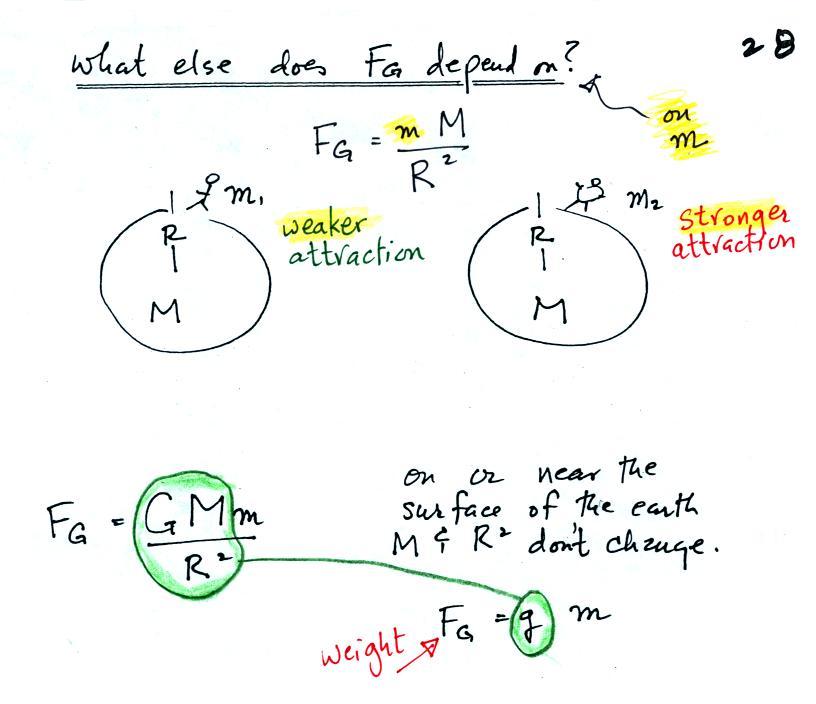

Further information is available in the section on gravity. Other particles in the vicinity are attracted to the large body because of motion to minimize amplitude.

This creates a shading effect where amplitude is larger before a wave passes through a large body and smaller after it passes through it, causing an attractive force. Although the longitudinal amplitude loss of gravity is slight, when a large number of particles form in a large body such as a planet, the total amplitude loss becomes much greater. In energy wave theory, gravity results from a shading effect of the electric force between the particles. Gravity is so weak, that it takes trillions and trillions of atoms, such as large bodies like planets, before the force is significant. Only when the electric force is neutralized, such as in atoms, can the presence of gravity be detected. The force of gravity occurs even at the smallest of particles, yet at this scale, force and motion is dominated by the electric force. Force is proportional to mass and distance, related by a proportionality symbol known as the gravitational constant (G). It was first published as a part of Newton’s works on classical mechanics in the late 1600s.

Sir Isaac Newton’s universal law of gravitation (F=Gmm/r 2) is an equation representing the attractive force (F) of two masses (m) separated at distance (r).


 0 kommentar(er)
0 kommentar(er)
